Archaeologists from the National Research Council of Argentina (CONICET) are currently collaborating with the team at the Università della Calabria (UNICAL) following TECTONIC planification for the current year. Both teams have recently completed a fieldwork season at underwater archaeological sites, including the pilot site.
The Bengala shipwreck is a late 19th century iron screw-steamer which lies at a depth of 26-29 m in the Calabrian Ionian Sea, off Isola di Capo Rizzuto (Crotone, Italy). It was built in 1872 in Great Britain and, after operating under several names and companies, sunk in 1889 after hitting a rocky shoal. Previously, Medaglia and collaborators (2010) carried out historical studies on the vessel that shed light on the main constructive features and life history of the ship.
The aim this season was to create a 3D photogrammetric model of the remains, combining both photographic records with a geodetic network, which enhances the reliability of the model. The network is of particular relevance when recording sites of great dimensions or operating in wide areas, as is the case of the Bengala wreck, over 60mts long. The three visiting scholars will remain at the University of Calabria until November completing tasks for the TECTONIC project and collaborating with the processing of the collected data.
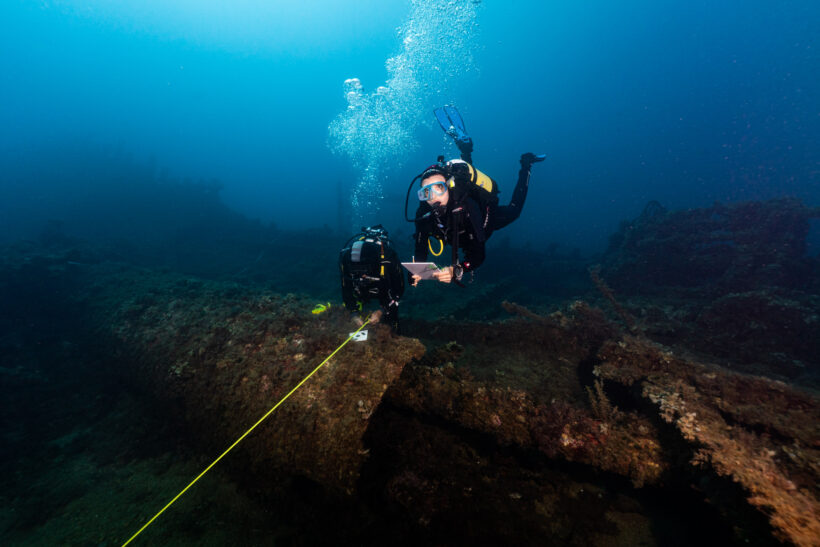
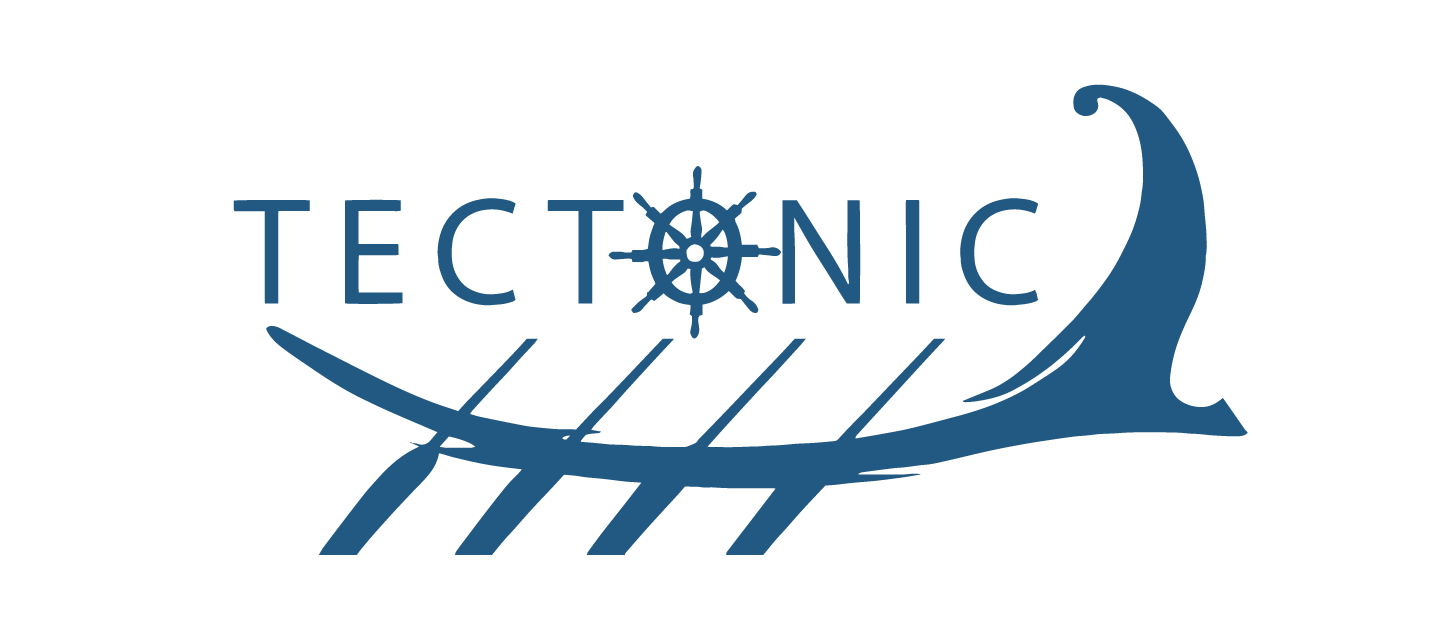
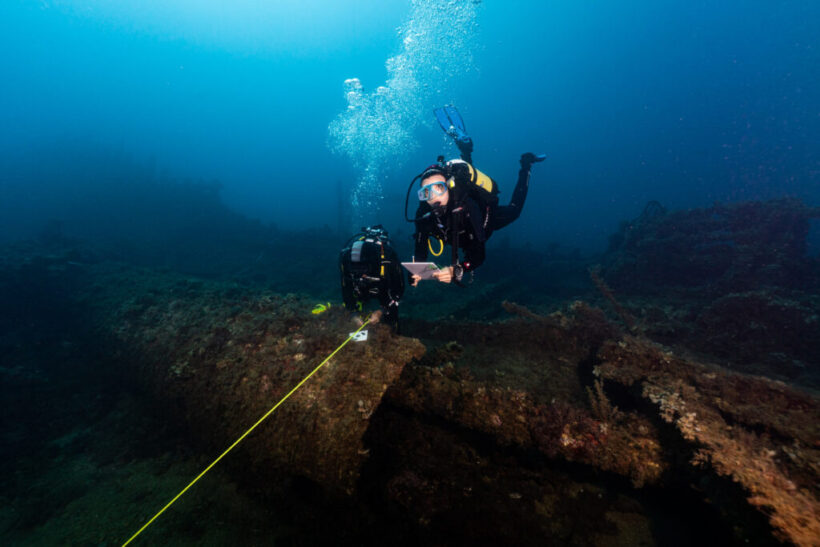
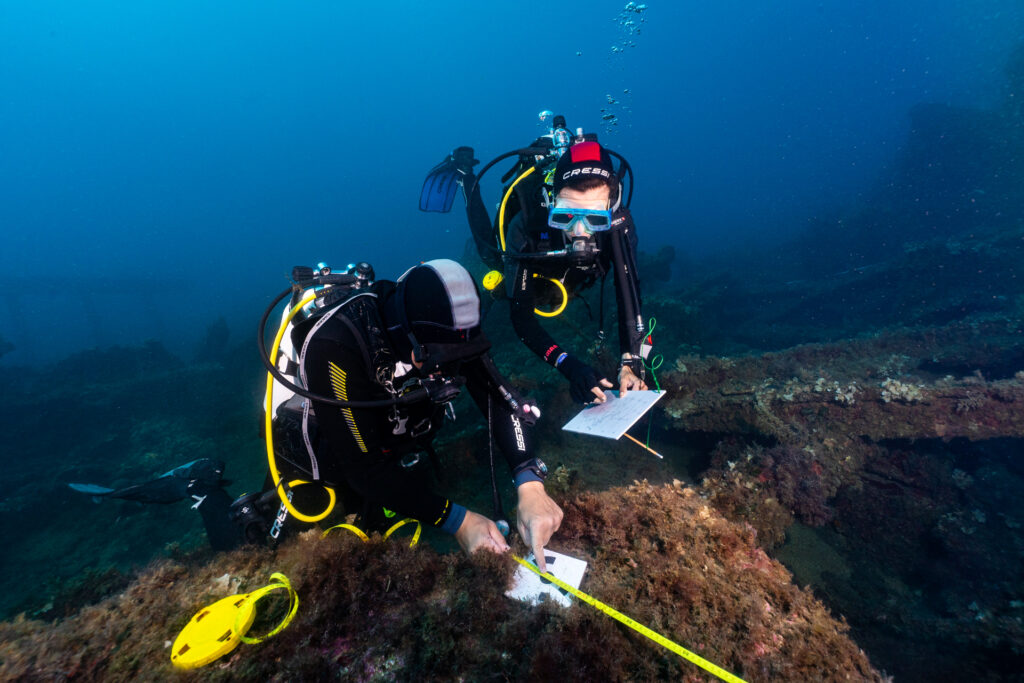
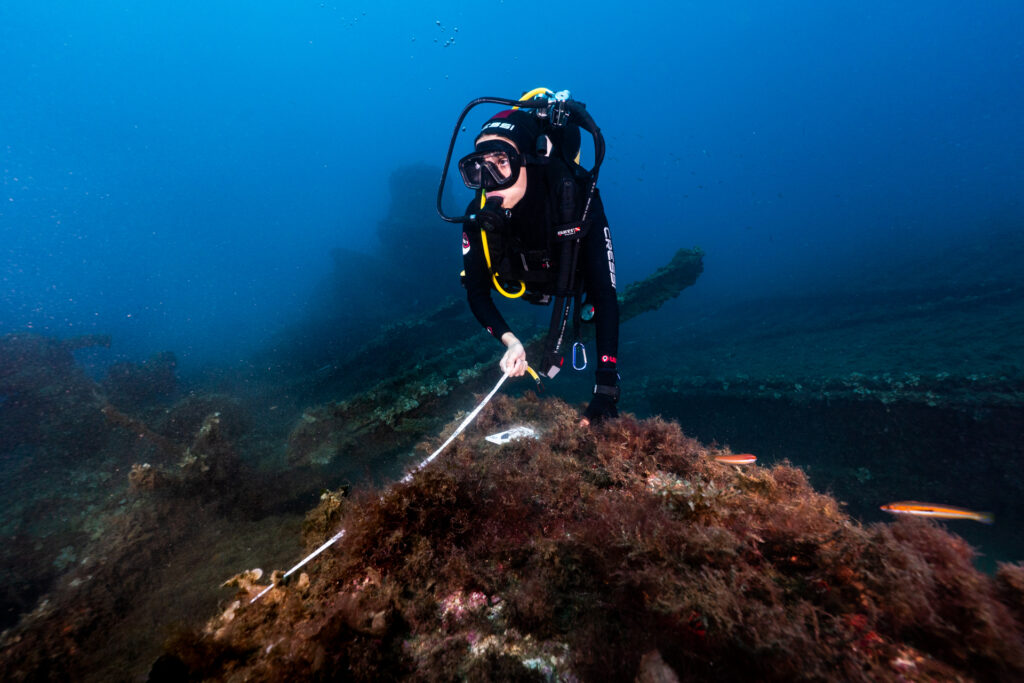
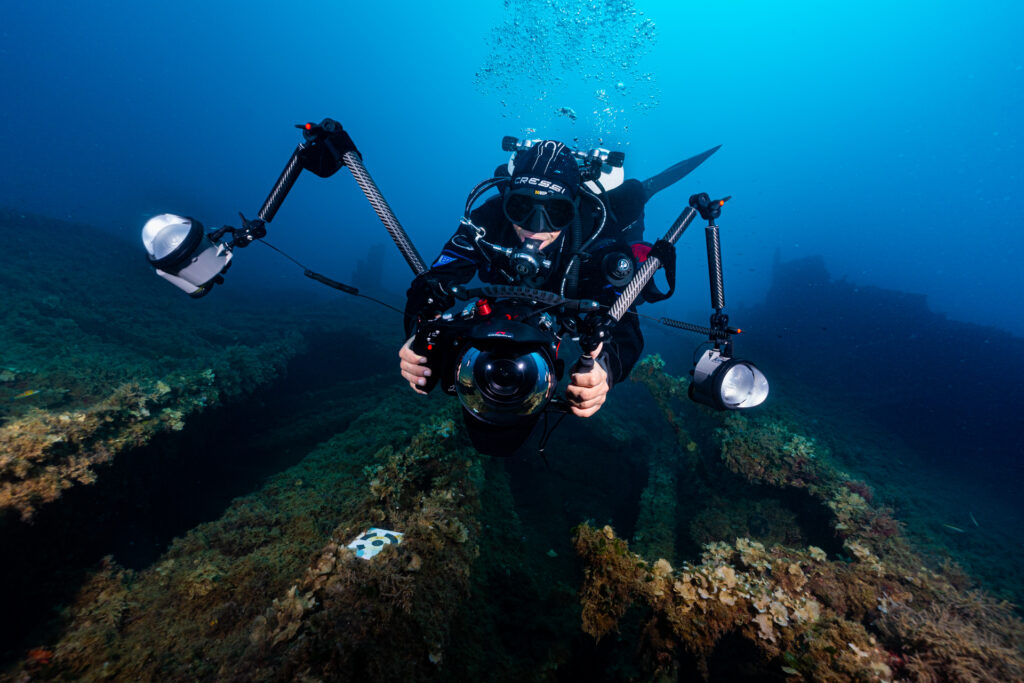
Leave a Reply